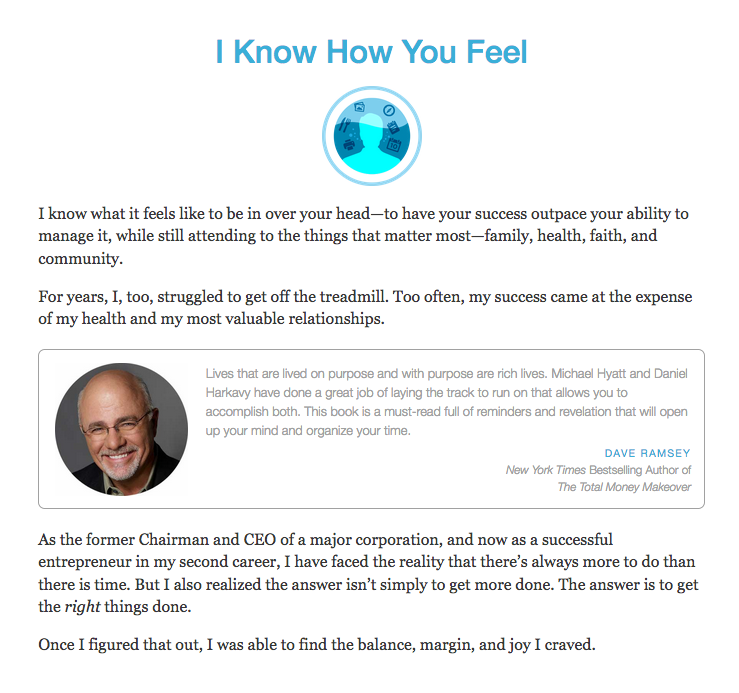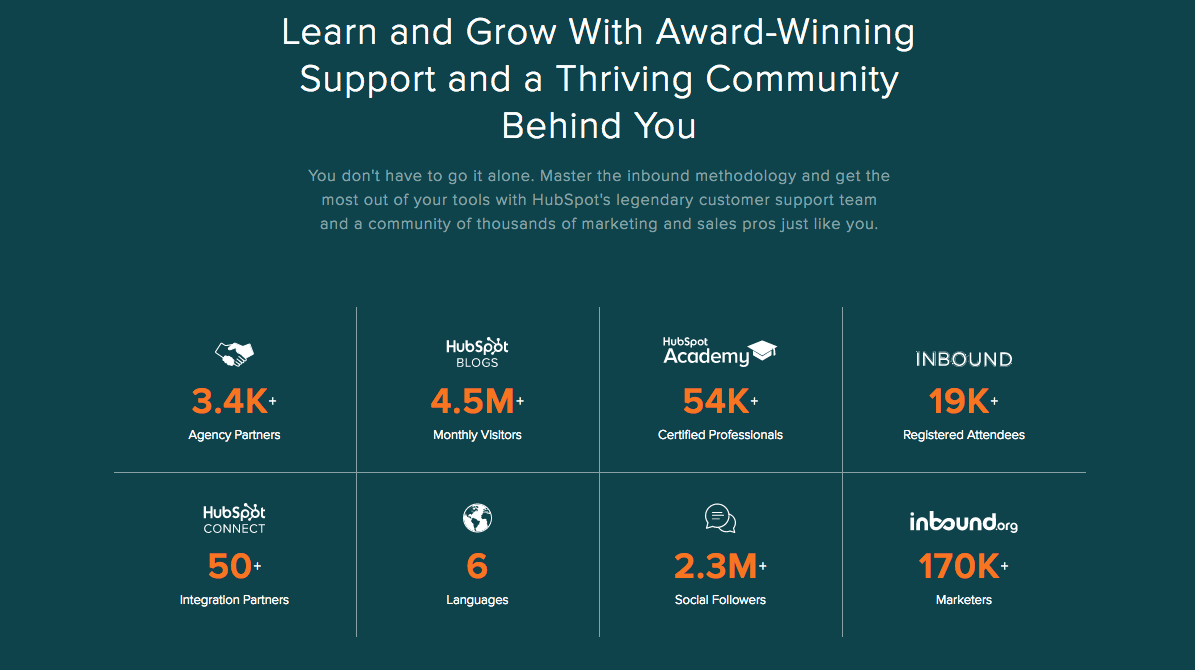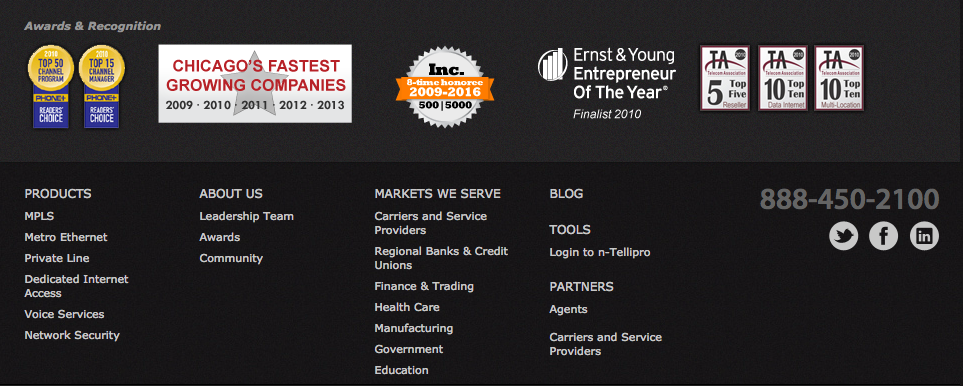If you’ve been following along in the StoryBrand world for awhile, or if you’ve been to one of our Live Workshops, you already know what I’m about to say:
You are not the hero of your brand’s story. Your customer is.
(If you’re not sure what I mean, check out this blog post with plenty of examples.)
So if you aren’t the hero, what role do you play?
You’re the guide — the person with the right kind of heart and experience to help your heroic customers overcome their problems and win the day.
Think about Luke Skywalker and Yoda in Star Wars. When Luke meets Yoda, he encounters the perfect guide. Yoda understands Luke’s dilemma and has mastered the skills Luke must develop if he is going to defeat the Death Star.
I have seen thousands of businesses experience an increase in customer engagement and overall revenue once they started positioning themselves as the guide.
For customers to recognize our brand as a guide, we need to express empathy and develop authority. Here’s how.
Principle #1: Express Empathy
As people, we trust others who understand us.
And we trust brands that understand us, too.
That’s why it’s critical that you show your customers that you understand their pains and frustrations.
When we empathize with our customers’ dilemmas, we create a bond of trust. Oprah Winfrey says the three things every human being wants most are to be seen, heard, and understood. That’s the essence of empathy.
Empathetic statements in your marketing start with words like:
“We understand how it feels to…”
“Nobody should have to experience…”
“Like you, we’re frustrated by…”
For example, leadership blogger Michael Hyatt positions himself as “your virtual mentor” — and expresses empathy for his successful-yet-overwhelmed reader. The empathy is right there in a major headline on his homepage:

Scan your marketing materials and make sure you’ve told your customers you care. You understand their problem, and you want to help them find a solution. People won’t know until we tell them.
But empathy is more than just the language you use. When they’re figuring out whom to trust, customers look for brands they have something in common with. This is a “shortcut” to trust — essentially, your customer is subconsciously thinking, If someone’s like me, I’ll trust them.
You’ve probably seen the Discover Card commercials that tap into this aspect of empathy. They feature people calling customer service and talking to a replica of themselves:
Why does this work? First, it addresses a very real pain point we can all relate to. But more than that, the line “We treat you like you’d treat you” says concisely what Discover has in common with their customer. It shows they see, hear, and understand them.
Principle #2: Demonstrate Authority
Imagine walking into a nutritionist’s office for the first time, determined to get into shape.
“I’d like to lose 30 pounds,” you say.
What would you do if the nutritionist looked back at you and said, “Me too!”
You’d be out the door, looking for a new nutritionist.
That’s because you want someone with authority.
Our customers aren’t looking for a buddy to help them with their problem. When it comes to establishing trust, they want someone who has the credentials and experience to guide them through it. They need to see that we’ve “been there, done that.”
If the next nutritionist’s office you walk into has a wall full of before and after pictures featuring healthy people standing in big pants that used to fit, you know you’ve found someone with the necessary competence to help you accomplish the same thing.
Let me be clear here. Don’t mistake authority for supremacy, bossiness, or a know-it-all attitude. We can’t brag about ourselves so much that *we* become the hero instead of our customer.
So here are four easy ways to add just the right amount of authority to our marketing.
1. Testimonials
Let others do the talking for you. If you have satisfied customers, place a few short quotes on your website with headshots. Testimonials give customers the gift of going second. They know others have worked with you and attained success. For more tips on getting great customer testimonials, click here.
Here’s an example from online interior design company Havenly. They showcase short testimonials from satisfied customers along with sneak peeks into their newly redesigned spaces.

2. Statistics
How many satisfied customers do you have? How much money have you helped them save? These kind of simple, numeric declarations show that you know how to get results. Here’s a great example from HubSpot’s home page. They’re an inbound marketing software service, and even here, they’re turning their own authority into a benefit for the customer.

3. Awards
If you’ve won a few awards for your work, feel free to include small logos at the bottom of your homepage to showcase how you’ve been recognized. This shouldn’t be the main focus of your page, but these will help you earn your customers’ trust.
IT service Nitel showcases the awards they’ve won for customer satisfaction and business growth. Notice it’s near the bottom of the page, right above the footer — not front and center.

4. Logos of Other Clients
If you provide a business-to-business product or service, place logos of well-known businesses you’ve worked with. When customers recognize another brand, it provides instant credibility that you have the knowledge and tools to help them win, too.
I love this example from the prototyping software Invision. The big focus is on how their software helps their customer succeed, but the gray logo bar provides authority from a host of brands with cache, so customers think: “If it’s good enough for adidas, it’s good enough for me!”

—–
Here are the two questions your prospective customers are subconsciously asking themselves: “Does this brand understand me?” and “Does this brand know what they’re doing?”
This week, take a minute to scan your marketing material and ask yourself whether you’ve expressed empathy and demonstrated authority.
Once you do this, you’ll position your brand as the guide your customer has been seeking. It will make a significant difference in the way they remember you, understand you, and ultimately buy your product or service.
This article first appeared in www.buildingastorybrand.com
Seeking to build and grow your brand using the force of consumer insight, strategic foresight, creative disruption and technology prowess? Talk to us at +9714 3867728 or mail: info@groupisd.com or visit www.groupisd.com


